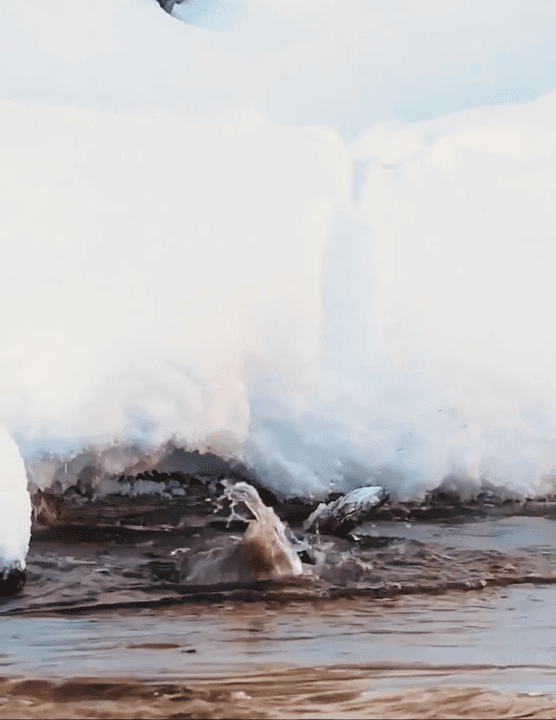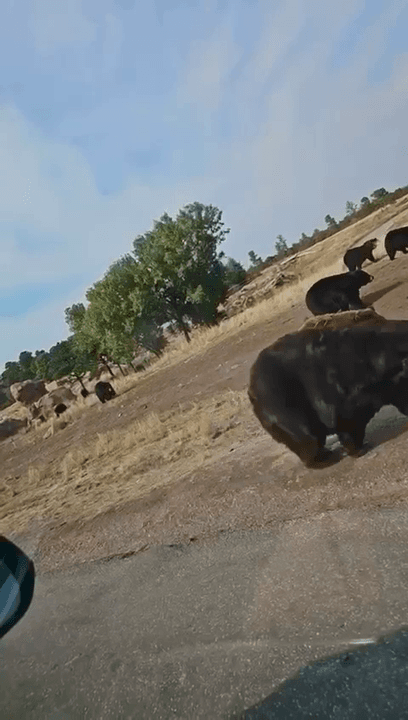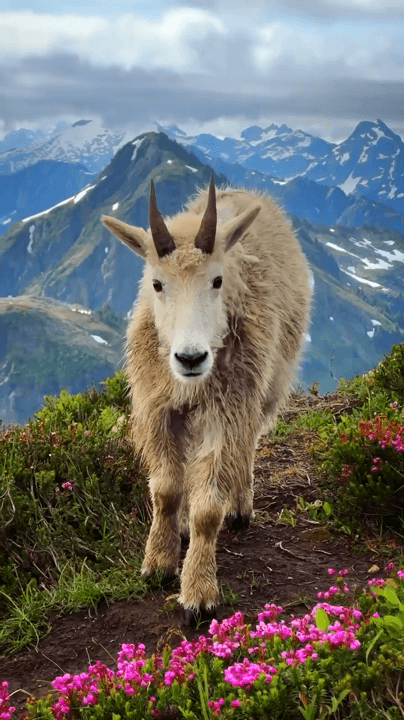
Review of Yukon Sightline N455 The Yukon Sightline N455 is a digital night vision scope that has gained popularity among outdoor enthusiasts and hunters alike. After using it extensively, I'm ready t
Post: 22 December 15:52

Post: 22 December 15:52

Post: 19 January 15:13

Post: 15 May 11:36

Post: 15 May 12:37

Post: 1 September 21:17

Post: 31 July 14:15

Post: 28 November 10:57

Post: 9 December 17:55

Post: 14 August 16:02

Post: 20 February 08:41

Post: 4 November 10:51

Post: 25 December 13:11

Post: 4 September 06:47

Post: 28 January 00:57

Post: 15 November 09:15

Post: 29 August 09:06

Post: 25 November 17:58

Post: 2 July 09:07

Post: 29 June 17:03
Post: 27 October 13:38

Post: 19 August 09:47

Post: 2 September 07:18

Post: 11 June 12:08

Post: 10 June 18:15

Post: 9 June 10:34

Post: 22 May 12:52

Post: 20 May 14:42

Post: 23 February 13:51

Post: 11 January 02:34

Post: 18 November 20:09

Post: 19 August 09:35

Post: 6 March 18:37

Post: 5 August 12:24

Post: 14 August 12:41

Post: 3 September 09:07

Post: 28 August 11:27

Post: 25 August 07:18

Post: 19 August 07:31

Post: 14 August 16:03

Post: 9 June 13:42

Post: 27 May 08:15

Post: 31 October 10:40

Post: 1 September 11:05
Post: 26 July 10:54

Post: 31 October 09:35